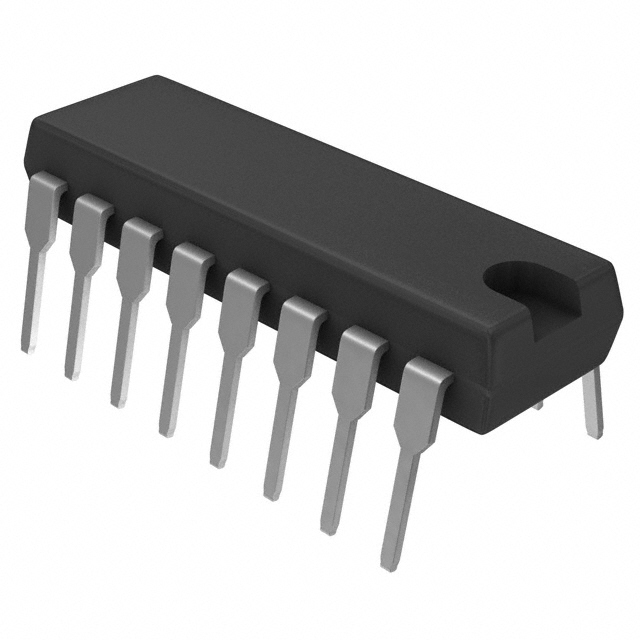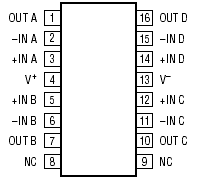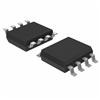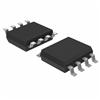LTC2052: Features: ` Maximum Offset Voltage of 3V` Maximum Offset Voltage Drift of 30nV/` Small Footprint, Low Profile GN16 Package` Single Supply Operation: 2.7V to 11V` Noise: 1.5VP-P (0.01Hz to 10Hz Typ)`...
floor Price/Ceiling Price
- Part Number:
- LTC2052
- Supply Ability:
- 5000
Price Break
- Qty
- 1~5000
- Unit Price
- Negotiable
- Processing time
- 15 Days
SeekIC Buyer Protection PLUS - newly updated for 2013!
- Escrow Protection.
- Guaranteed refunds.
- Secure payments.
- Learn more >>
Month Sales
268 Transactions
Payment Methods
All payment methods are secure and covered by SeekIC Buyer Protection PLUS.

 LTC2052 Data Sheet
LTC2052 Data Sheet








